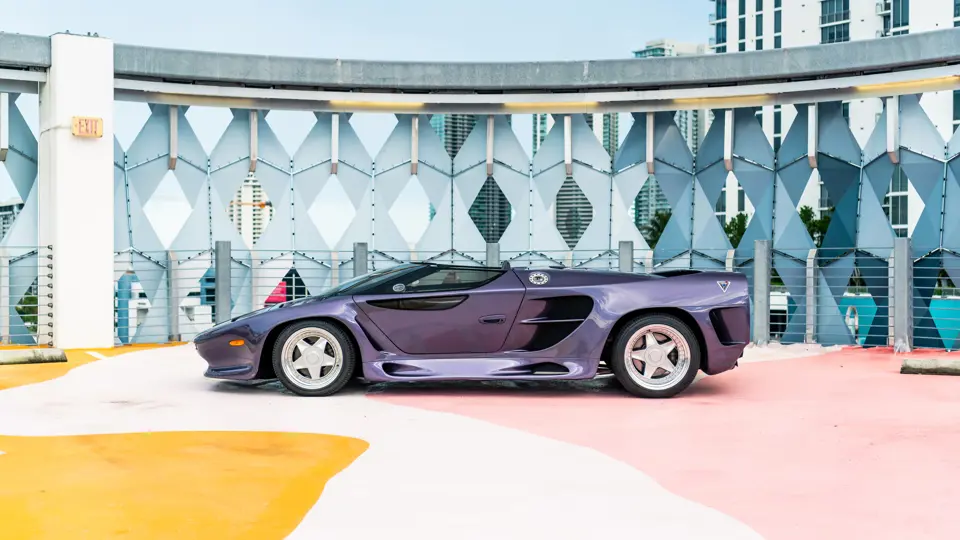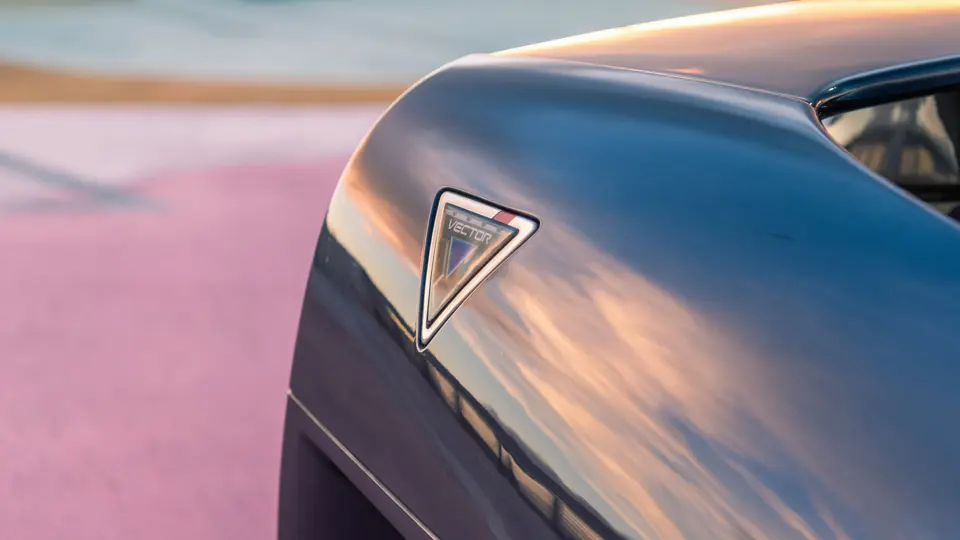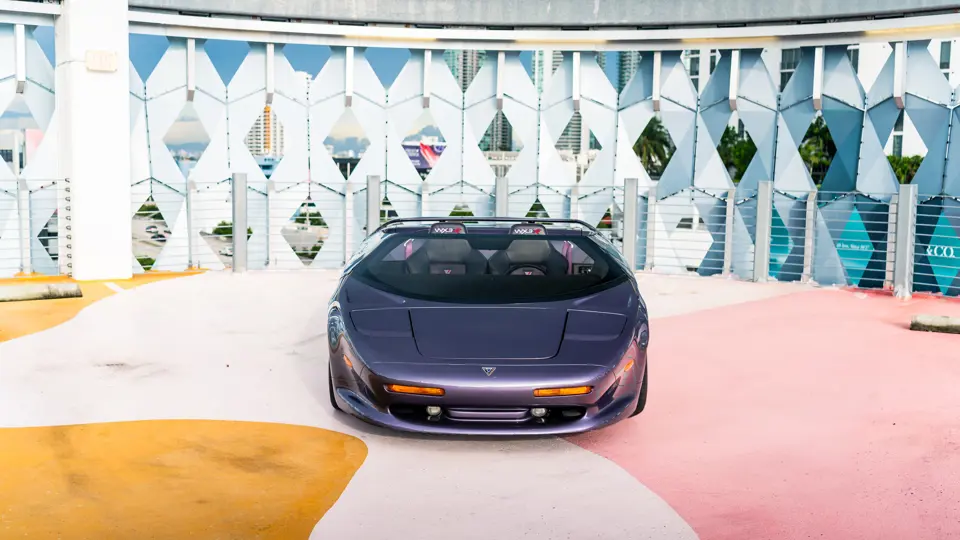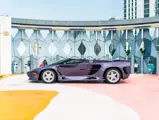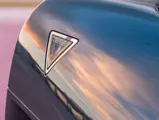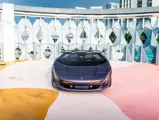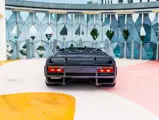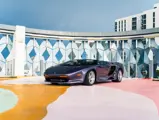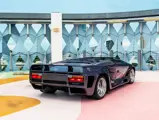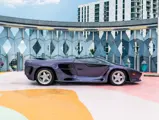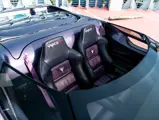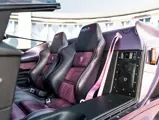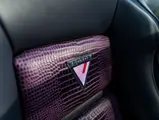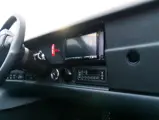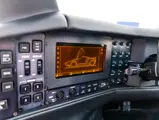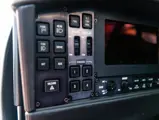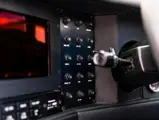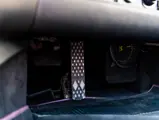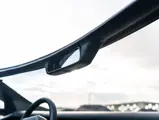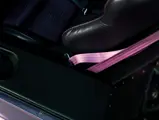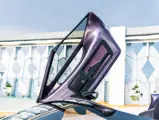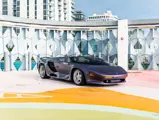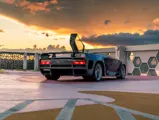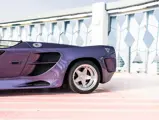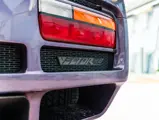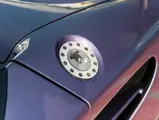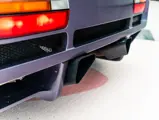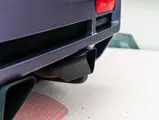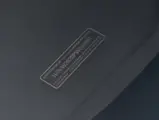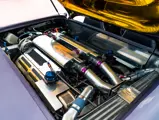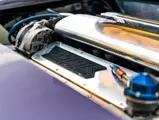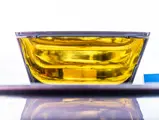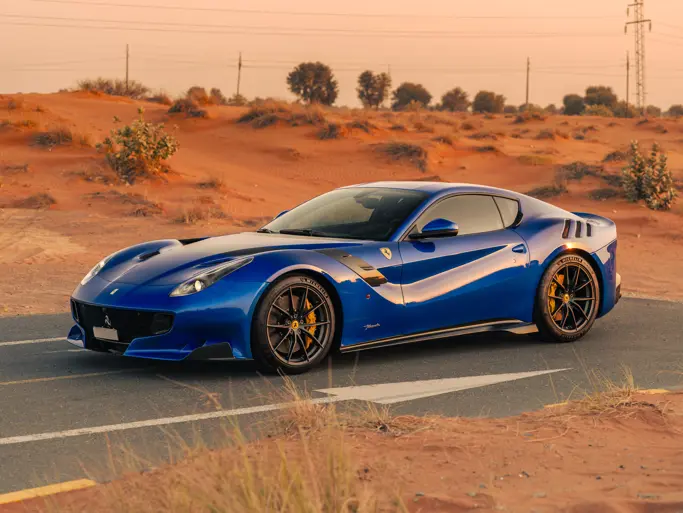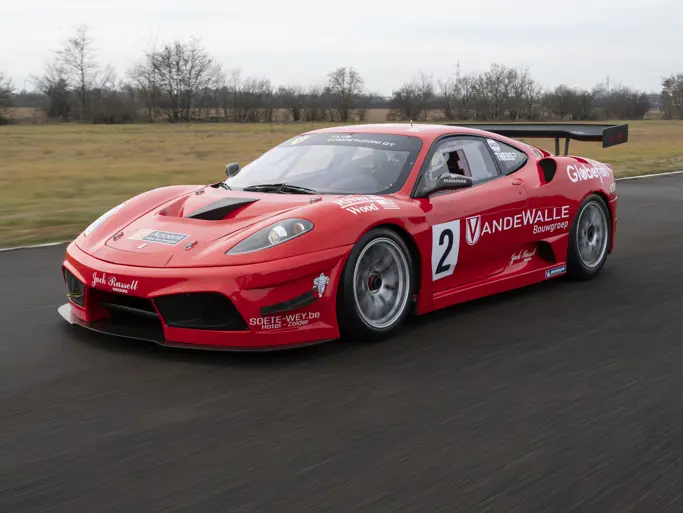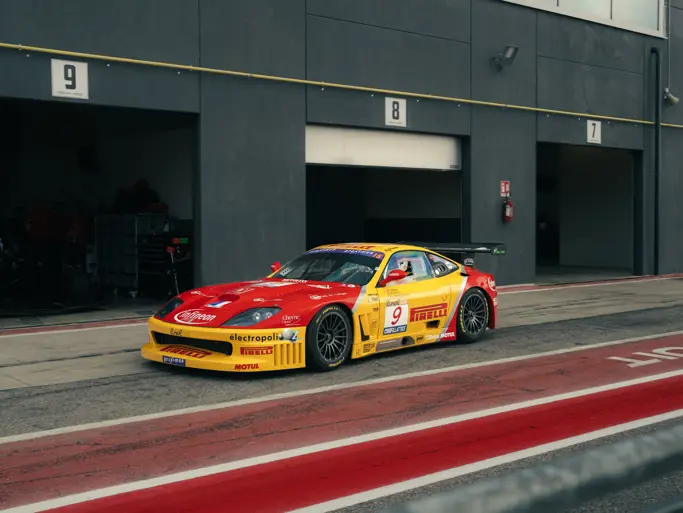
1993 Vector Avtech WX-3R Roadster Prototype
{{lr.item.text}}
$1,300,000 - $1,500,000 USD | Not Sold
The Turbollection
{{bidding.lot.reserveStatusFormatted}}
- The only example produced, and the only open-topped Vector ever made; a singular, hand-built testament to America’s first supercar company
- Displayed by Vector at the Geneva International Auto Salon in 1993; extensively featured on marque advertising, and in period automotive press
- Retained and greatly enjoyed by company founder Jerry Wiegert until 2019
- Powered by its original twin-turbocharged, 6.0-liter, all-aluminum V-8 engine producing a conservatively rated 625 horsepower
- Benefits from over $116,000 of mechanical restoration work executed between 2019–2021
The 1990s saw the birth of several audacious supercar manufacturers who attempted to beat Ferrari, Lamborghini, and Porsche at their own game. But from all these flash-in-the-pan companies, only one endeavored to accomplish this tall feat while revolutionizing the supercar industry from top to bottom with new materials, as well as new techniques, quality standards, and production methods: Vector Aeromotive. Vector founder Jerry Wiegert’s ultra-ambitious plan to build a “fighter jet on four wheels” not only infused his hand-built supercars with a bevy of aerospace technologies, but also with a distinctive combination of West Coast individualism, Detroit knowhow, and European influence.
From a small warehouse in Los Angeles’ Venice neighborhood, Wiegert conceived the W2 prototype in the late 1970s. Its angular design featured a sloping hood merging into a steeply raked windshield. Powered by a twin-turbo General Motors-sourced 350-cubic-inch V-8 and a beefy three-speed automatic, the W2 debuted as a non-running prototype at the 1976 Los Angeles auto show, followed by a functional model in 1979. This showcased Wiegert’s engineering prowess and laid the groundwork for the Vector W8, which featured groundbreaking technologies, construction materials, and production methods borrowed directly from California’s aerospace industry.
Vector sold nearly two dozen W8s, attracting celebrities like Andre Agassi. The W8, hand-built in the European tradition, boasted a 625-horsepower V-8 powerplant that accelerated to 60 mph in just over four seconds—a significant achievement in its era. Its 12-second quarter-mile time surpassed competitors like the Ferrari Testarossa, Lamborghini Countach, and Jaguar XJ220.
Buoyed by the W8’s success, Vector undertook development of its next model beginning in 1991. The company subsequently unveiled a silver-clad, fully trimmed display model of their Avtech WX-3 Coupe Prototype at the 1992 Geneva International Auto Salon. Evolving from the W8’s fighter jet-inspired design, the WX-3 coupe featured a sleek, organic aesthetic, while still relying heavily upon aerospace industry technologies.
The following year, Vector returned to Geneva with the completed WX-3 Coupe (now painted Aquamarine), and a surprise, this WX-3R Roadster in Amethyst purple! Both featured scissor-style doors and Rodeck twin-turbo V-8 engines positioned behind the passenger compartment, highlighting Wiegert’s commitment to stunning design and performance.
At the time, Vector’s Director of Manufacturing, Markus Rufer, and Chief Engineer Dave Kostka both went on record through a number of US-based publications to comment that the WX-3 was “built like a spaceship” from “aerospace-grade materials” with aerospace industry quality control and build standards.
The WX-3R shared many characteristics with its prototype coupe counterpart, yet it distinguished itself with an even sleeker design. This was achieved through an impressively angled windshield that seamlessly extended into the lightweight side windows, divided by a section of the door’s Kevlar composite skin. Adding to its aerodynamic profile, the WX-3R also featured a lower rear spoiler than the coupe. Inside, the cabin boasted snug individual Recaro bucket seats, a departure from the coupe's spacious three-wide bench seat.
Under the hood, the roadster utilized the formidable all-aluminum, 6.0-liter Rodeck twin-turbocharged V-8 engine paired with a heavily modified General Motors Turbo-Hydramatic 425 transmission. This power duo would, it was claimed, propel the Avtech WX-3R to projected speeds well in excess of 200 mph, firmly establishing it as one of the fastest roadsters ever manufactured.
Despite announcing a $765,000 price tag at Geneva in 1993, neither WX-3 model progressed beyond the prototype stage. Vector faced a hostile takeover attempt by the Indonesian-government backed Megatech. After legal battles, Wiegert successfully retained ownership of the WX-3 design and the two prototypes. Megatech’s subsequent Lamborghini Diablo-based M12, still borrowed heavily from the WX-3’s styling but failed to gain traction in the market—or on the track.
Jerry Wiegert retained both special prototypes for more than 25 years, and he rarely used either. Interestingly, the consignor learned from Dave Kostka that the WX-3R’s surprisingly high mileage reading (more than 89,000) which Wiegert programmed into the car as a show tactic for reliability during the car’s debut in Geneva. In truth, it is extremely likely that the WX3-R has travelled very few miles over the course of its pampered life, and this theory is strongly supported by discoveries made during its subsequent restoration. In 2019, RM Sotheby’s brokered the historic sale of both cars directly from Wiegart to a private US-based collector of vintage supercars.
While within the previous owner’s care, the WX-3R Roadster was carefully furnished with a comprehensive $116,000 suite of restoration work completed by Miller Motorcars of Greenwich, Connecticut. This work primarily focused on enhancing the mechanical aspects of this stunning show car, although cosmetic maladies were fully redressed where required.
The 1993 Vector Avtech WX-3R Roadster Prototype remains a unique testament to American supercar design and development in the early 1990s, showcasing Jerry Wiegert’s visionary approach from his California facility, where he pioneered America’s first supercar.




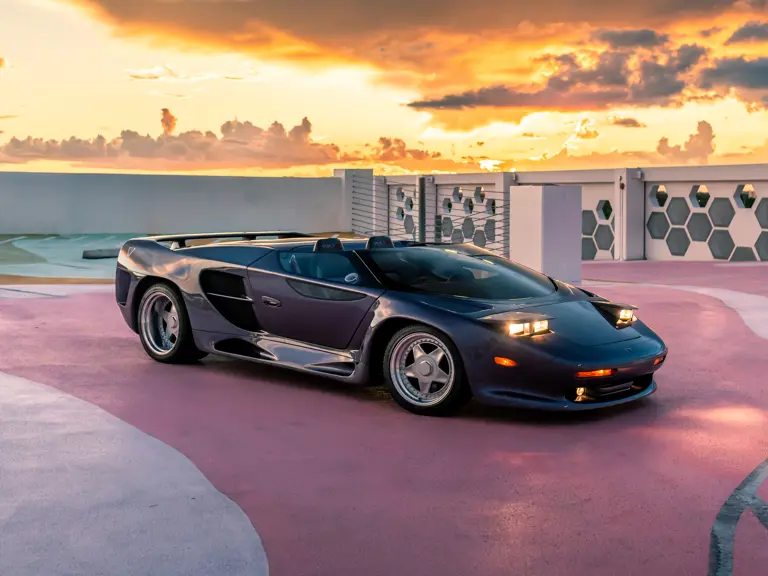

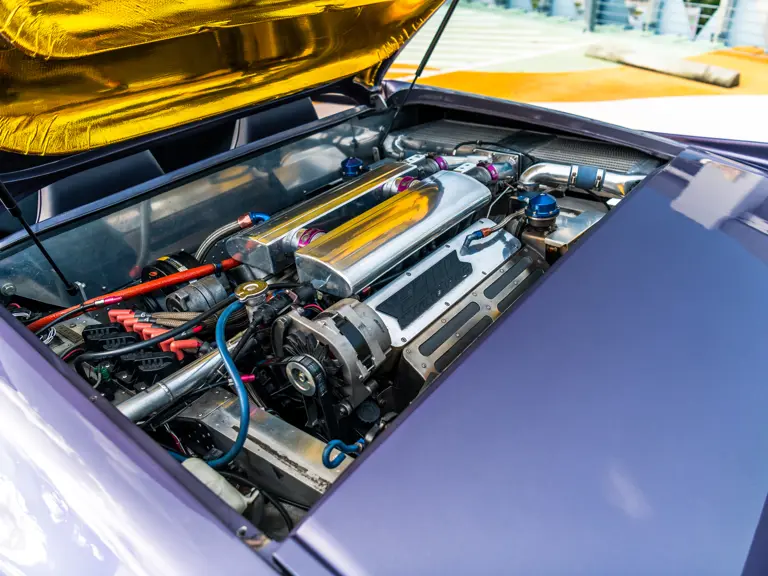
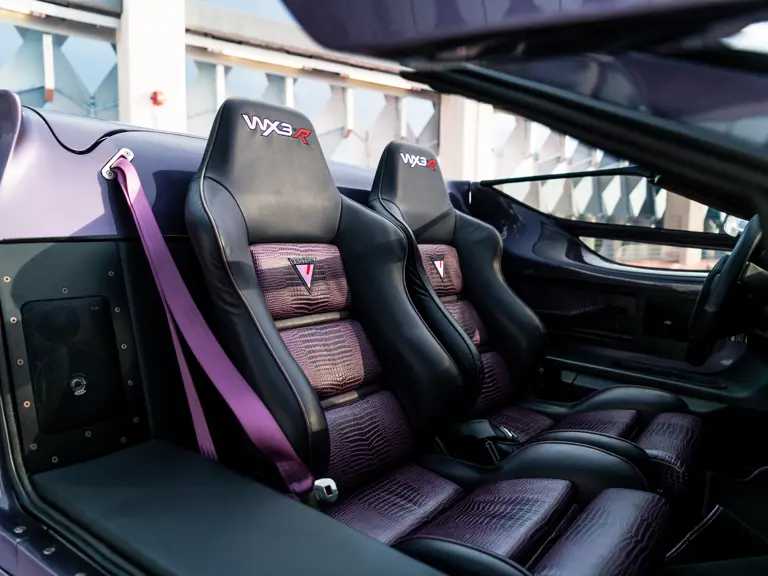
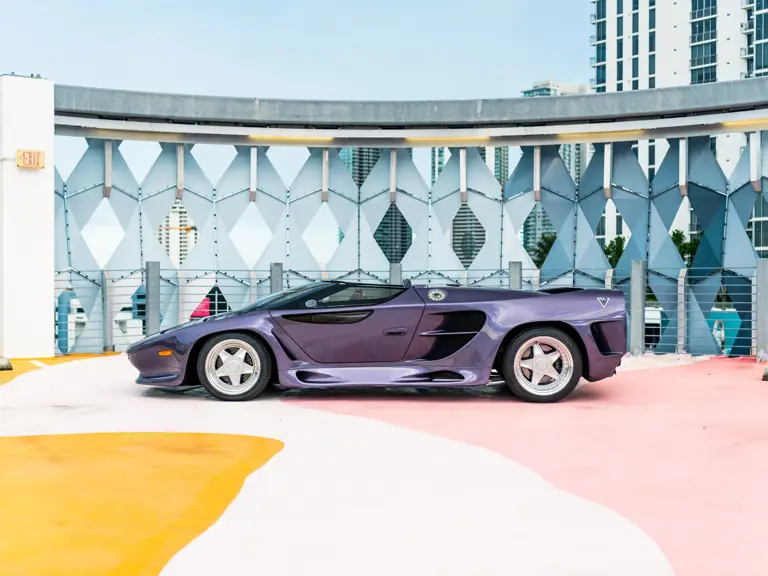
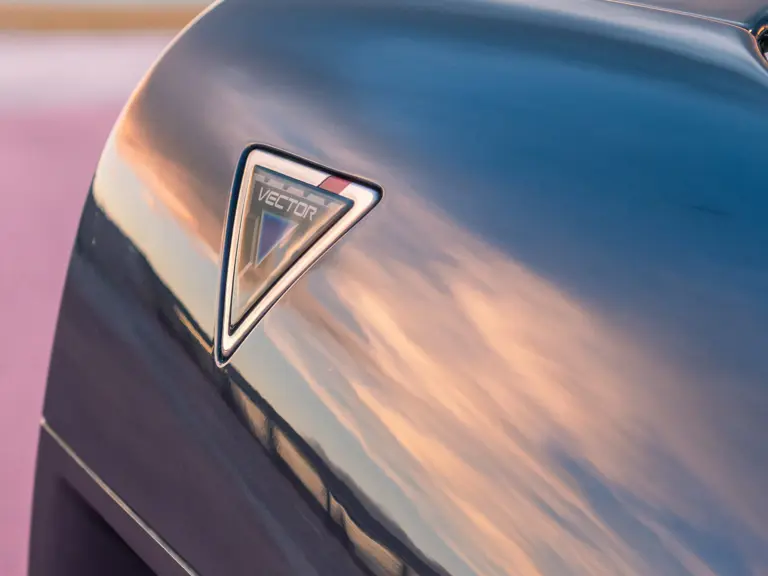
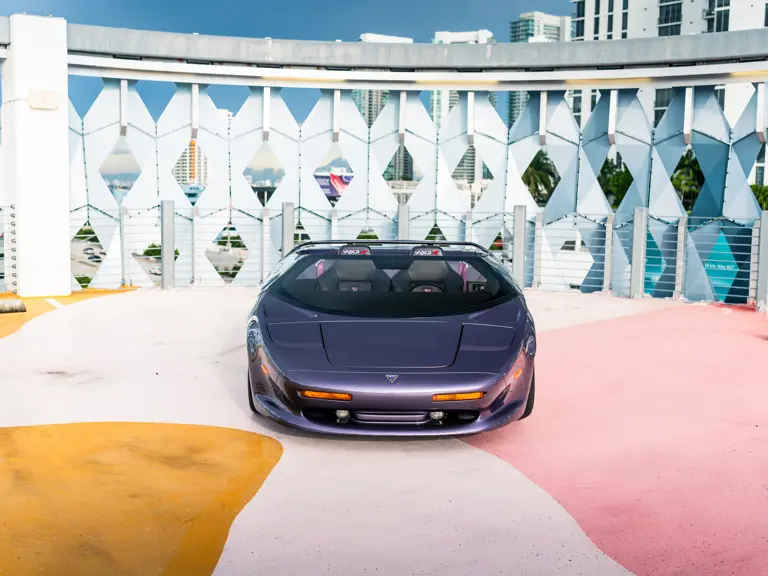
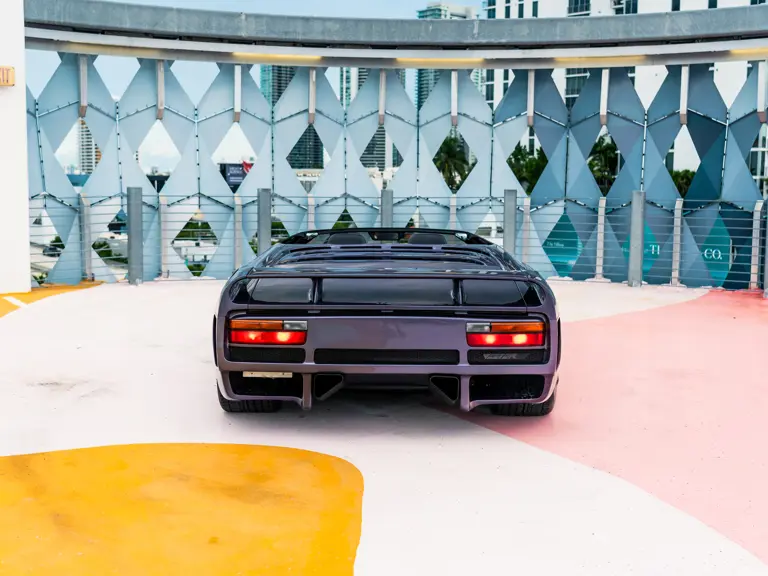
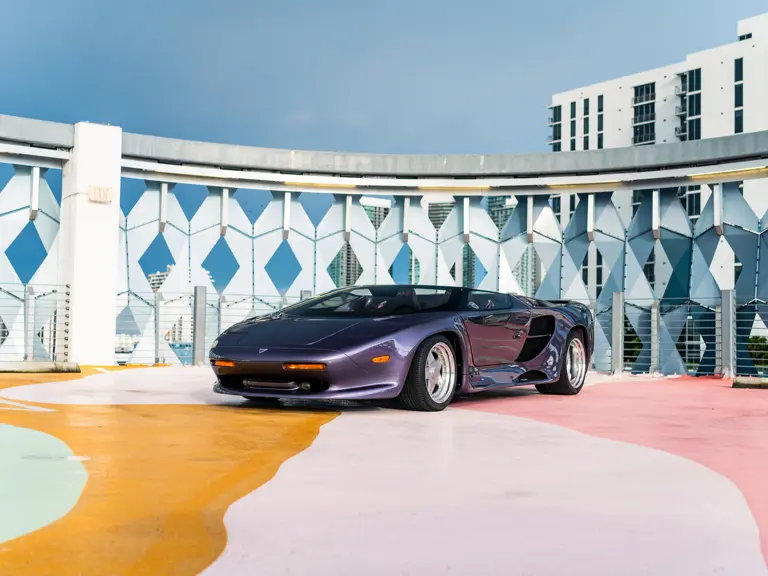
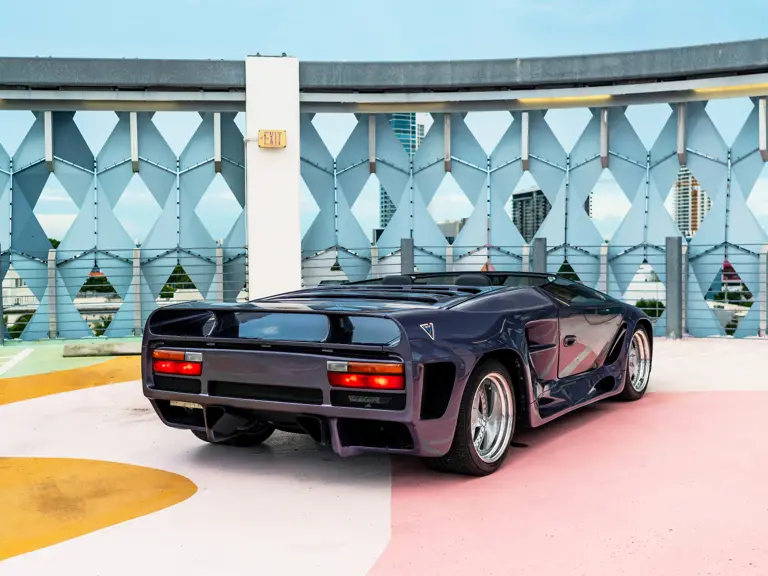
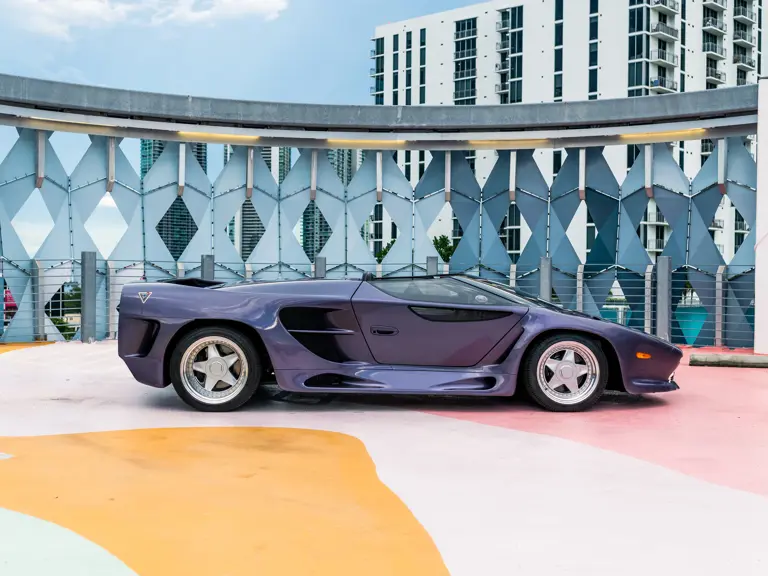

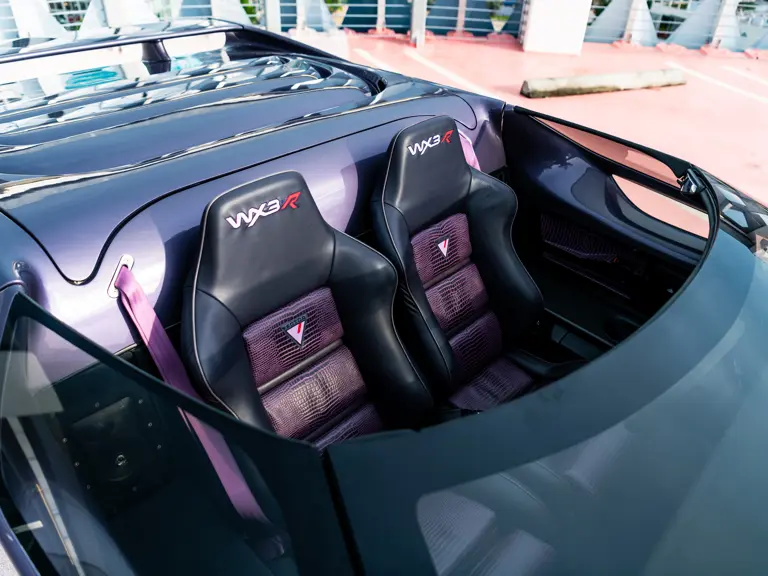

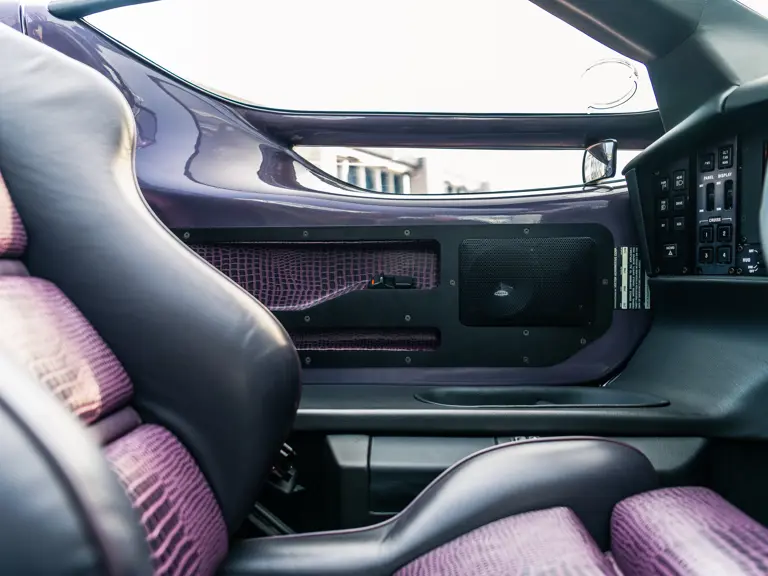
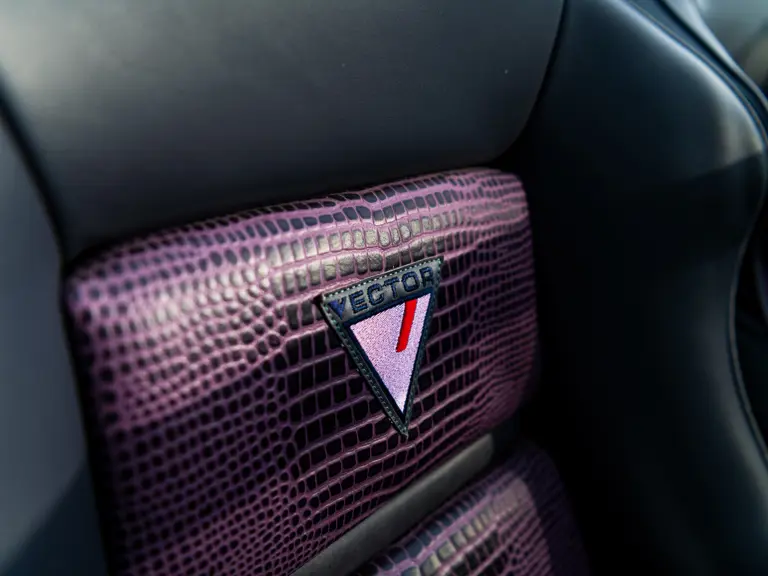
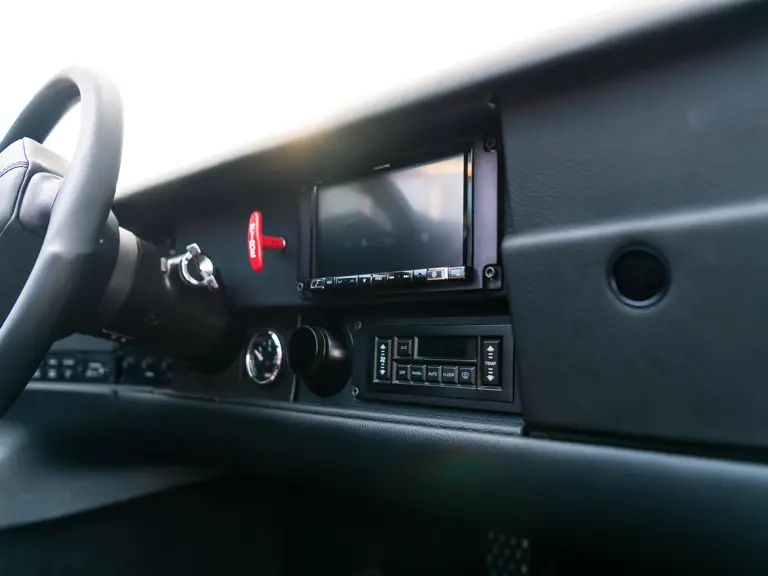
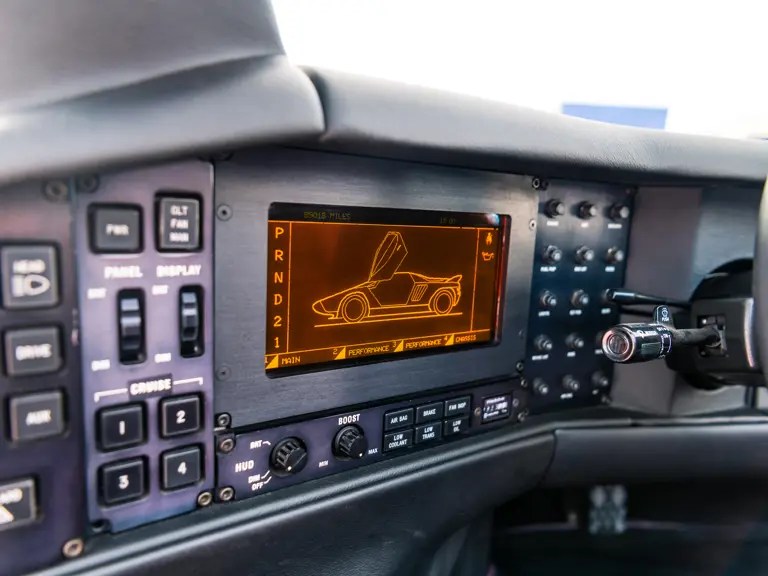
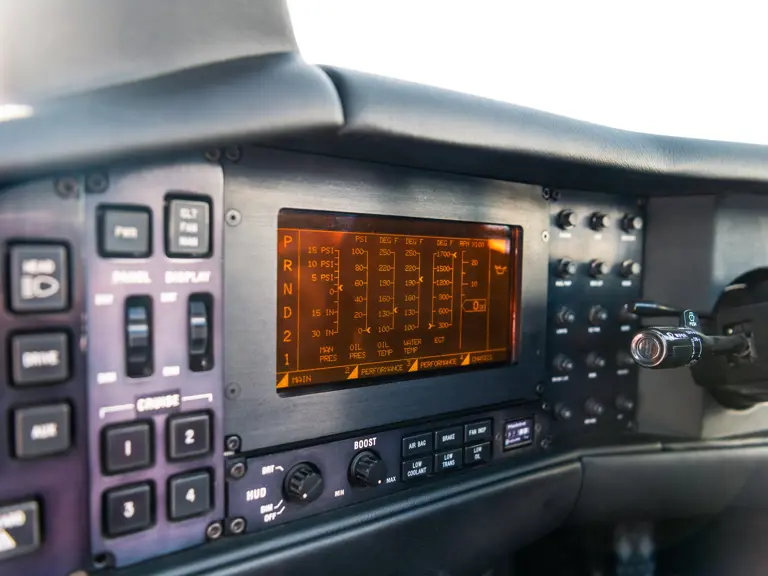
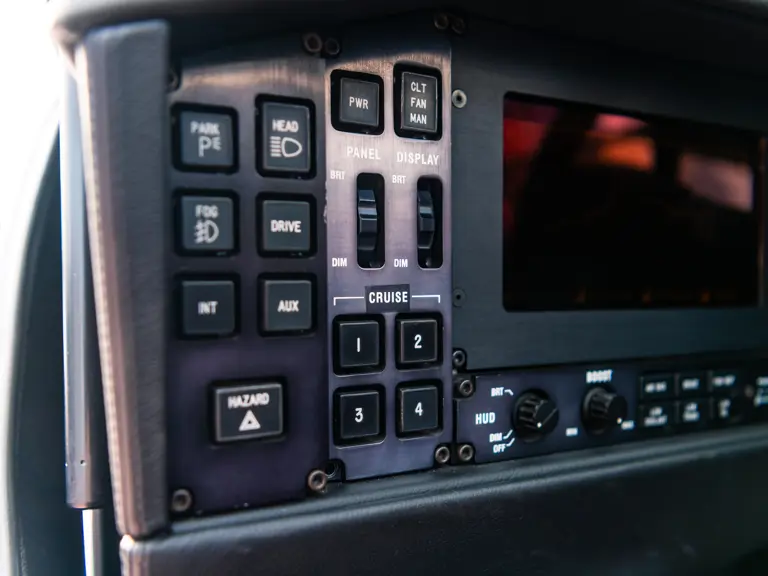
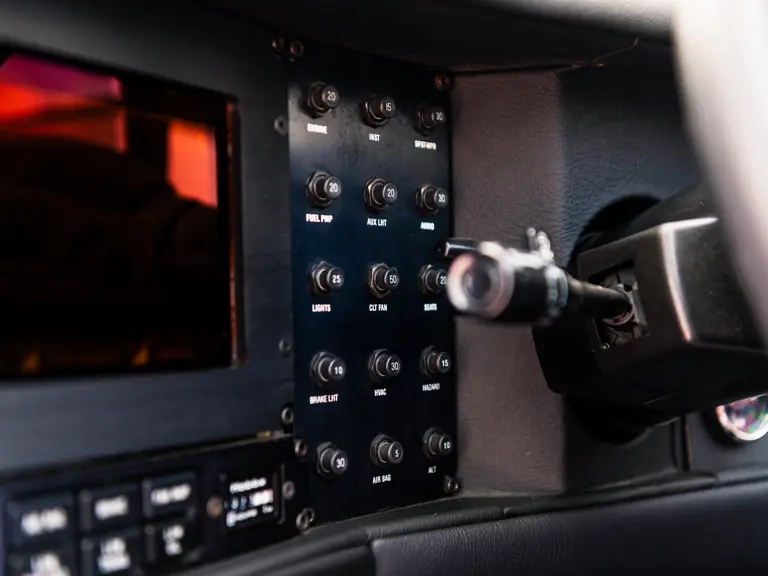
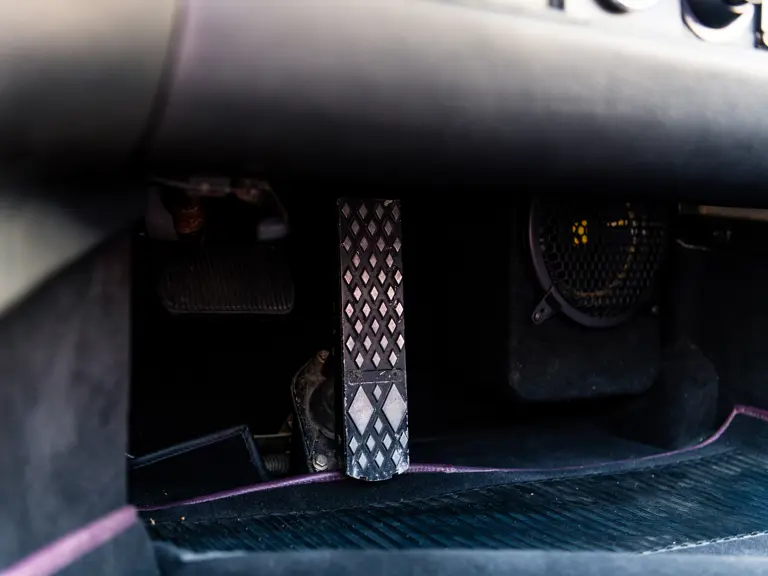

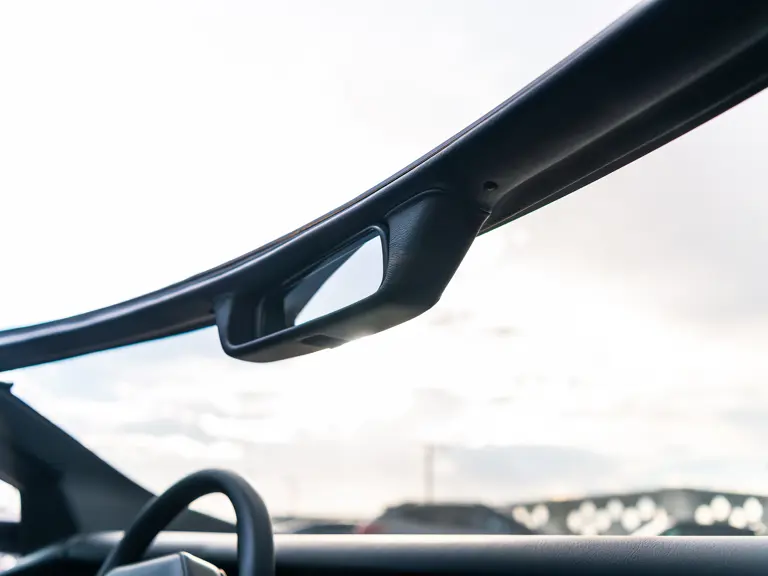
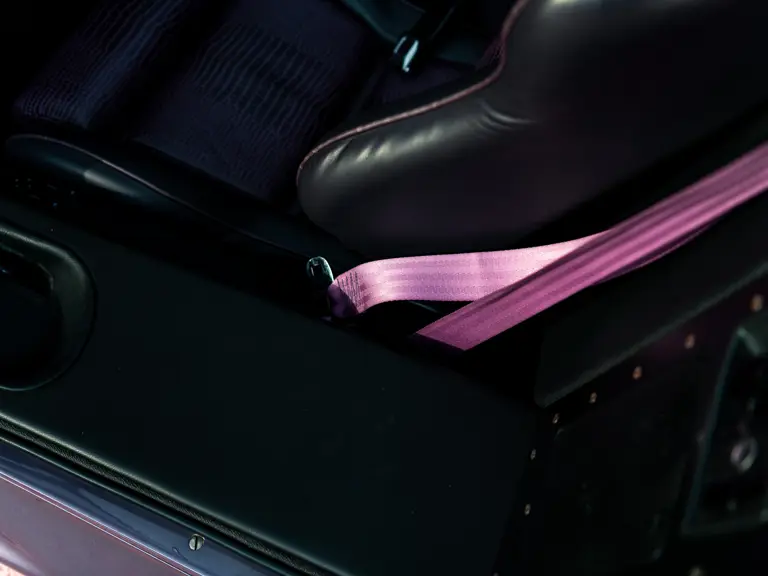
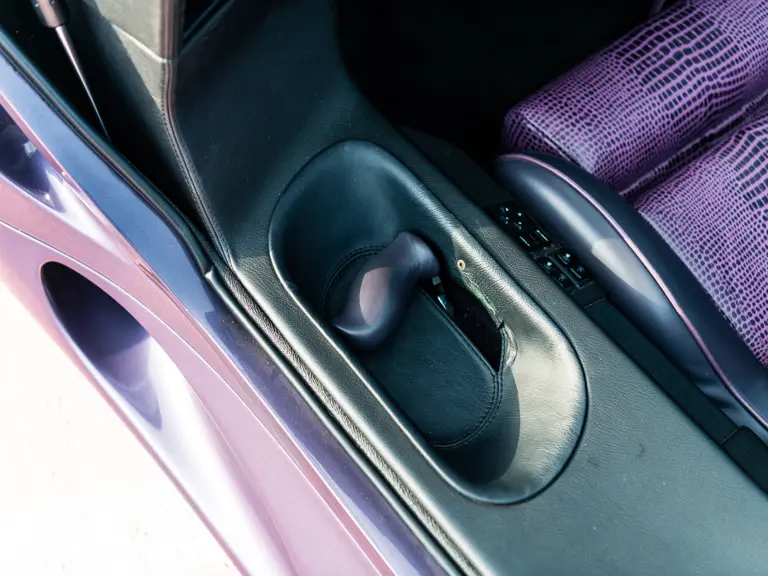
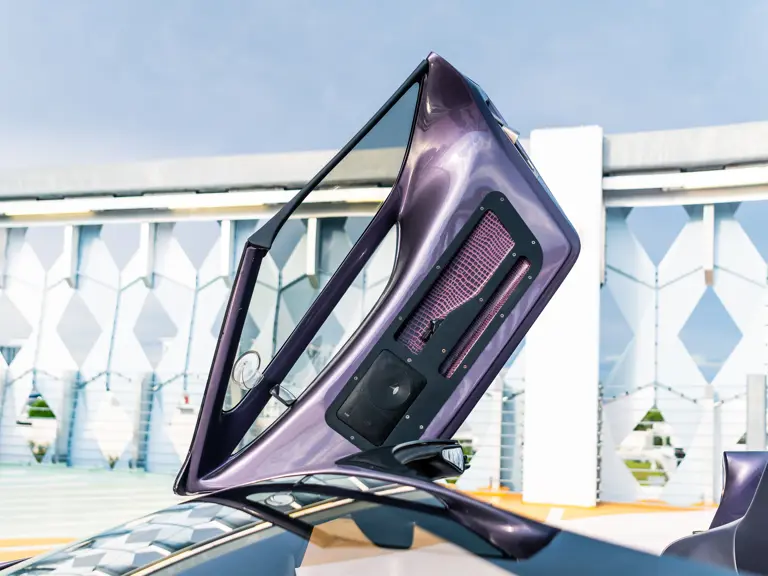
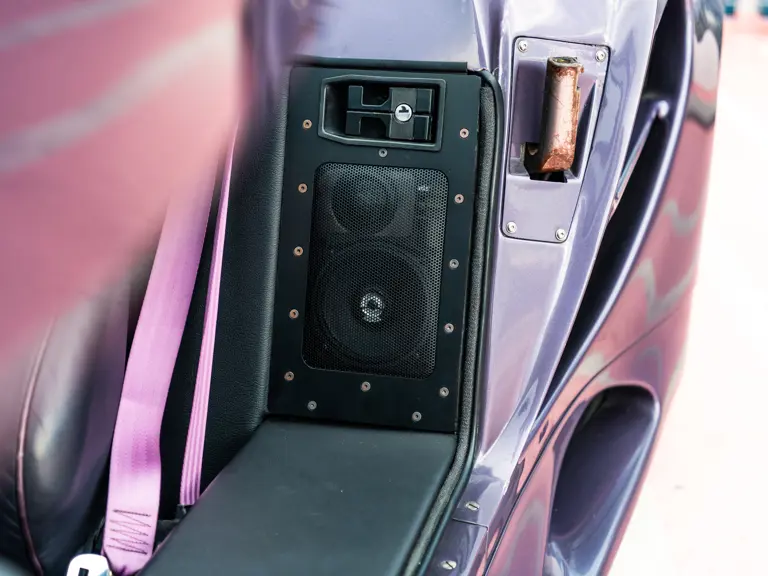
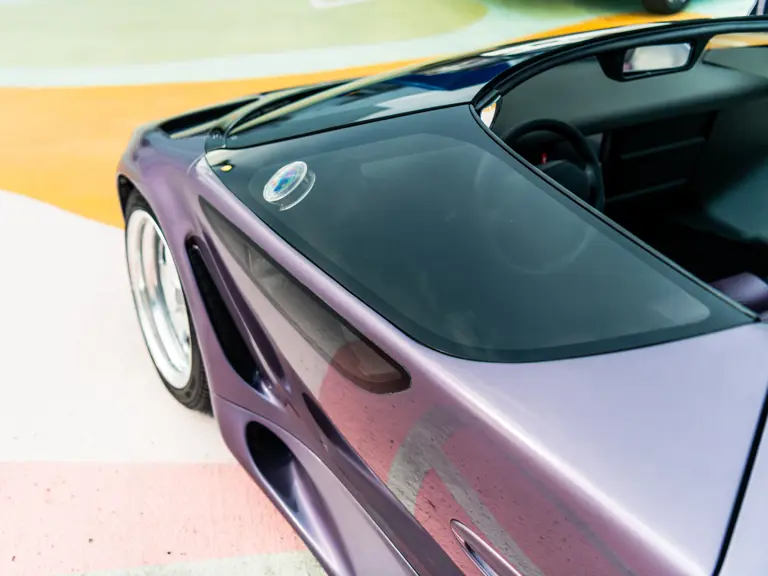
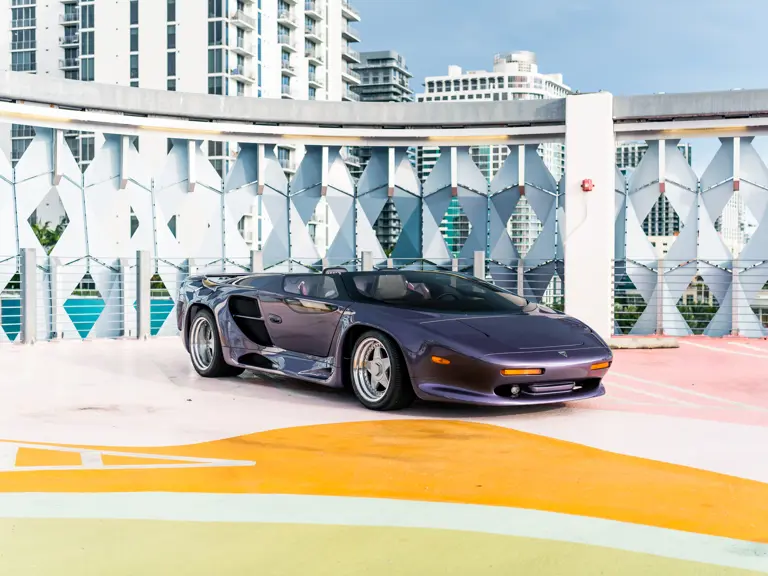
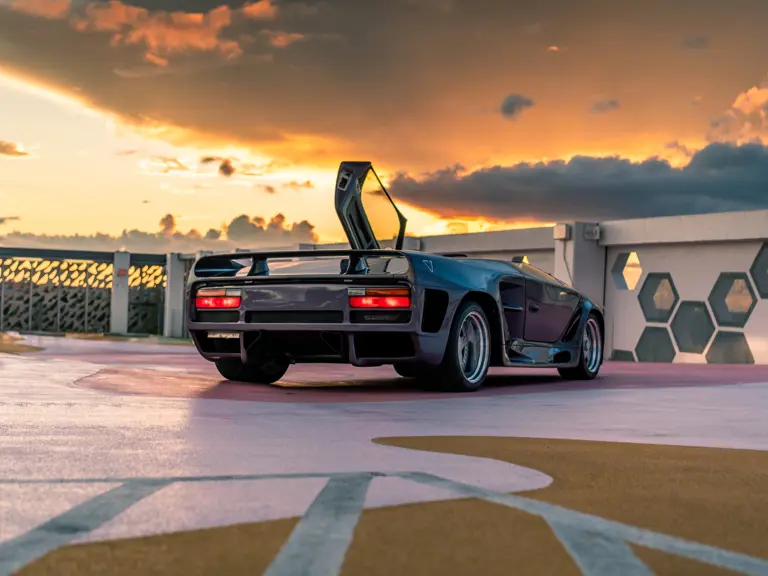
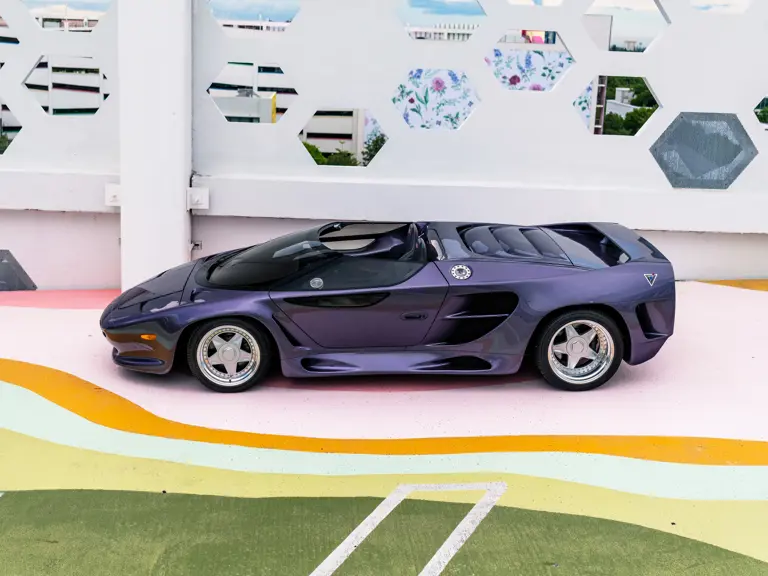
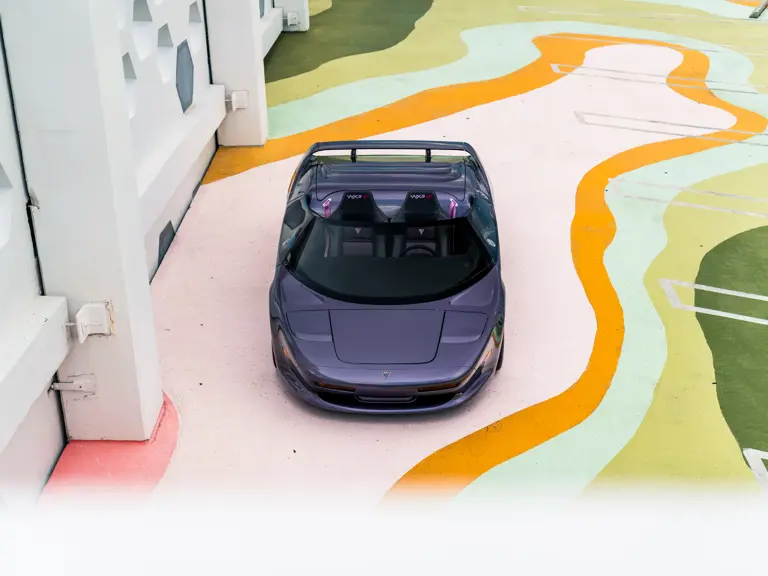
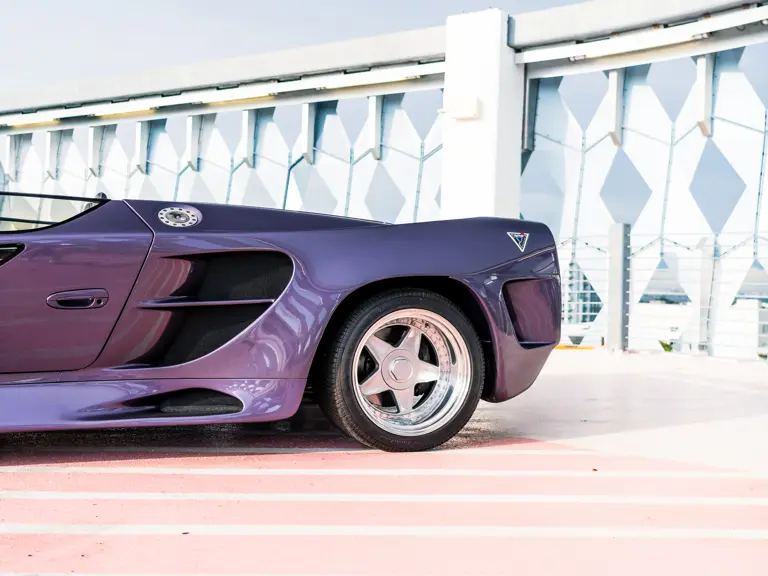
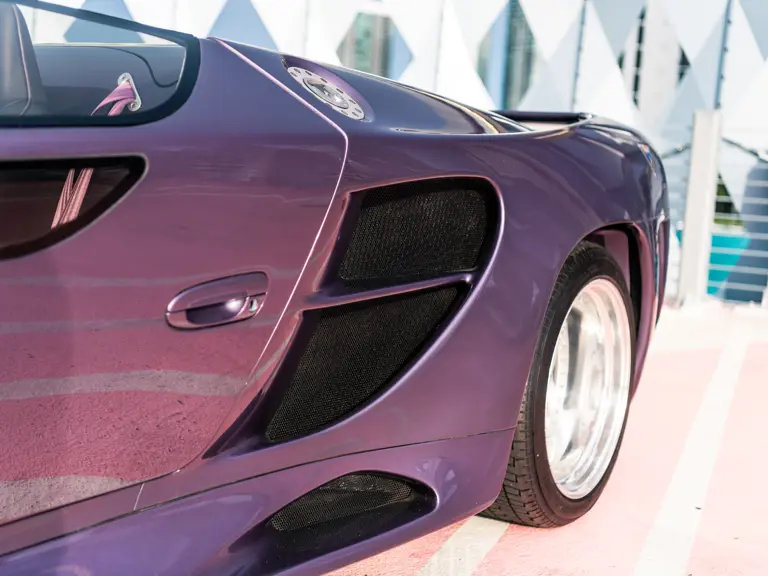
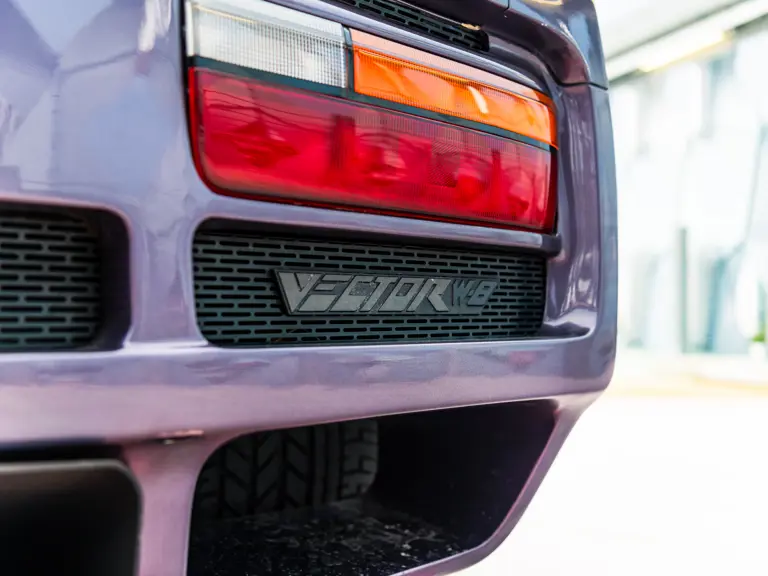
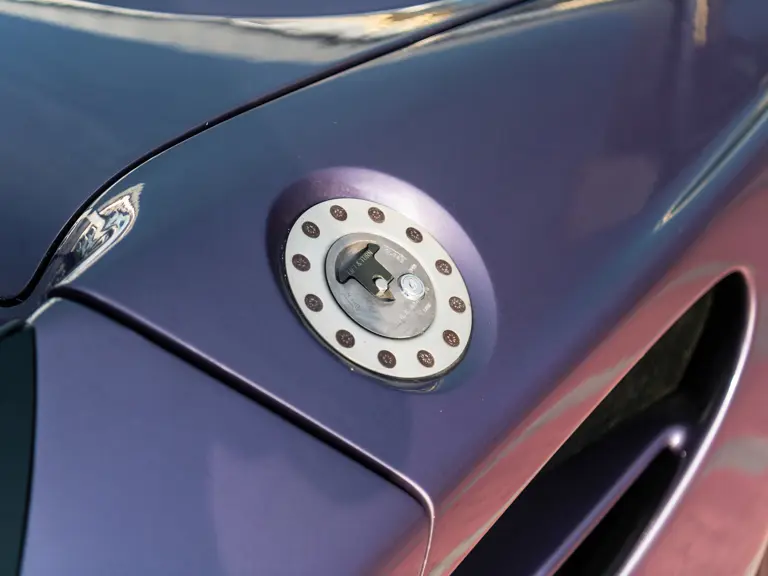

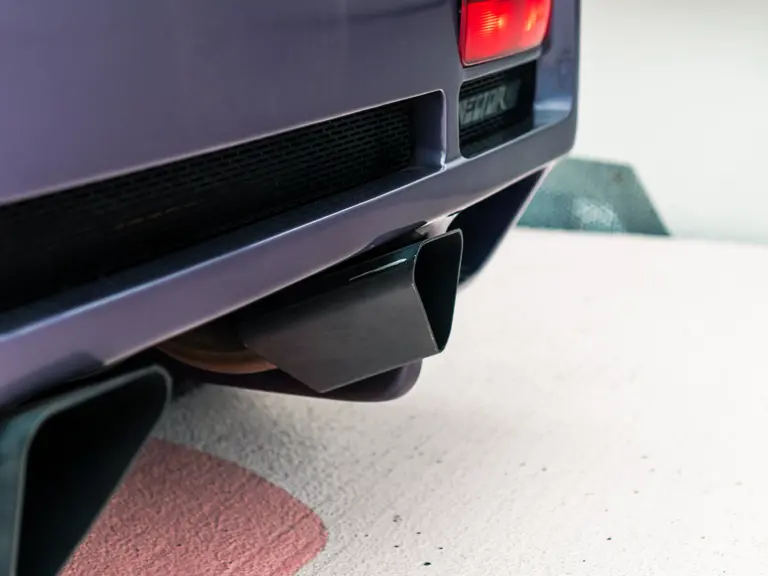
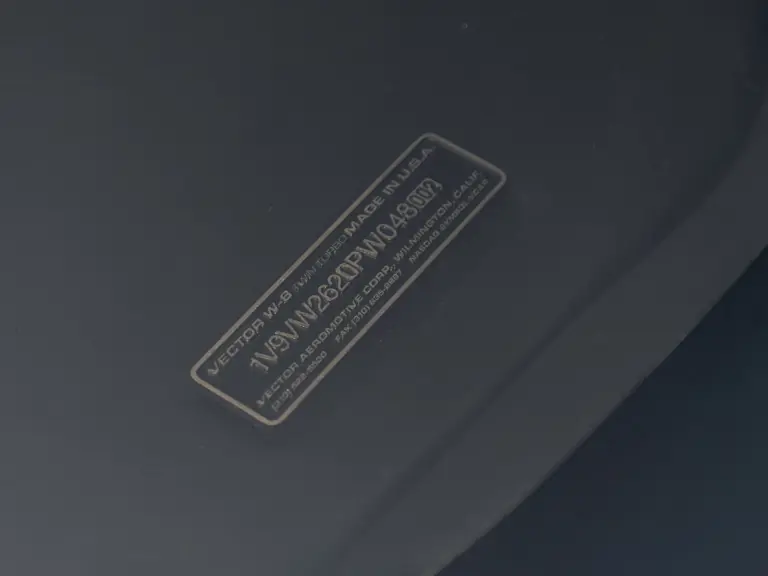
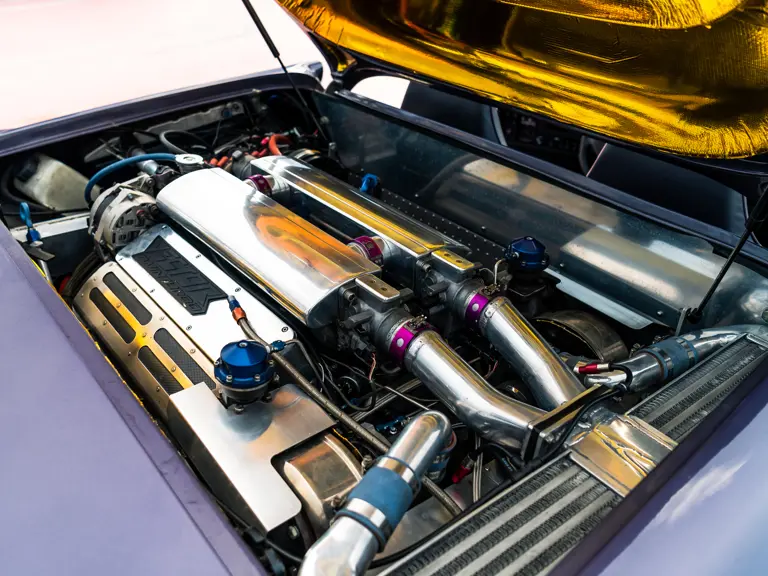
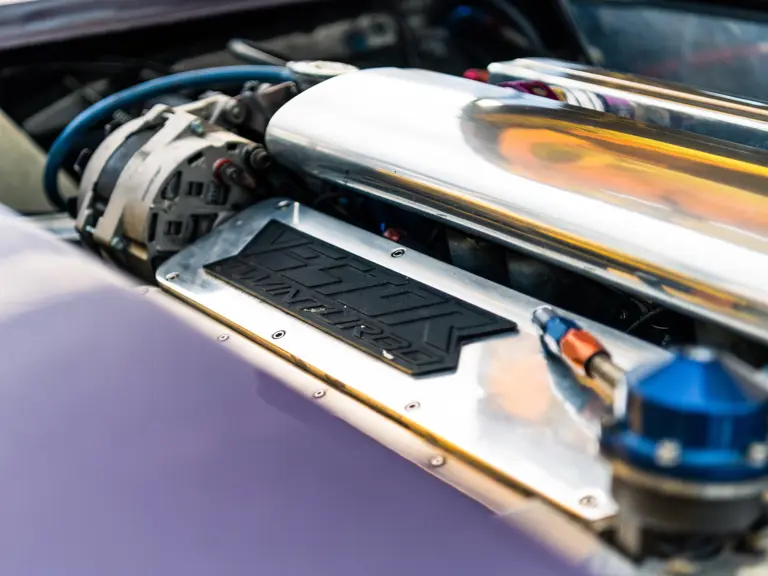

 | Monterey, California
| Monterey, California
